Kīlauea Lower East Rift Zone (LERZ) Eruption FAQs
This information addresses common questions about the emissions from eruptive fissures on Kīlauea Volcano's Lower East Rift Zone (LERZ), like those in Leilani Estates. At this time, the eruption and response is ongoing and this information was last updated on 28 June 2018.What are the air pollution hazards from the current eruption in Lower Puna?
The LERZ eruption is different from the 2014 Pāhoa lava flows. The vent for the 2014 lava flows was located close to the Puʻu ʻŌʻō vent, many miles upslope from the current LERZ eruption. Gas from the lava escaped as the lava flowed downhill. The active lava flows had already lost much of their gas by the time they entered the Pāhoa community. In the current situation, the eruptive vents are located within or near residential areas. The lava being erupted contains very high amounts of gas, so the gas concentrations near the lava can be much higher than during the Pāhoa event. These concentrations may be similar to the amount that was released from the Halema'uma'u lava lake (prior to May 2018) in the restricted areas at the Kīlauea summit.The air pollutants of most concern during the current volcanic activity are:
- SO2: sulfur dioxide is a colorless, irritating gas that has an acrid odor like fireworks or a burning match.
- Sulfate particles: as SO2 is released, it reacts in the atmosphere and, within hours to days, converts to fine particles called sulfate aerosol. This aerosol includes sulfuric acid droplets.
- H2S: hydrogen sulfide is a colorless, irritating gas that smells like rotten eggs.
- HCl: There is a small amount of hydrogen chloride gas being released directly from the lava and it is at much lower concentrations than the SO2.
- Laze: When molten lava flows into the ocean, it reacts vigorously with sea water to create large acidic steam plumes, known as 'laze'. These plumes are laden with hydrochloric acid and volcanic glass particles. Inhaling or contacting acid gases and liquids can irritate the skin, eyes and respiratory tract, and may cause breathing difficulties, particularly for people with pre-existing respiratory diseases. Be aware that the laze plume travels with the wind and can change direction without warning. Laze concentrations will decrease with distance away from the ocean entry point, but very large laze plumes can impact broad areas downwind, which should be avoided.
- Burning vegetation, roads and structures produce smoke (particles and gas) which may contain irritating or harmful components. Methane explosions can occur in areas with active lava flows and vegetation.
Are the concentrations from this eruption hazardous?
- Very high concentrations of SO2 (spikes above 100 parts per million) have been measured close to the erupting fissures. This is a serious hazard according to the NIOSH Immediately Dangerous to Life & Health threshold (IDLH) of 100 ppm of SO2(https://www.cdc.gov/niosh/idlh/default.html).
- The gas is diluted with distance from the erupting vents to lower, but variable concentrations, depending on the wind conditions. In downwind areas in Lower Puna, concentrations as high as 5 ppm have been measured. Hawaii Department of Health (HDOH) considers a 15 minutes average exposure over 5 ppm to be 'hazardous' (http://www.hiso2index.info/assets/FinalSO2Exposurelevels.pdf).
- Additional air quality monitoring equipment is being installed by HDOH to measure the concentrations at specific locations farther from the vents.
- For information on SO2 concentrations measured daily by monitors located within communities around Hawai'i Island, seehttp://www.hiso2index.info/.
- For information on the health effects of SO2 see the Vog Dashboard Health Effects of Vog page.
Who is monitoring and modeling the air quality in and around Leilani Estates?
- The National Guard Civil Support Team and the Hawai'i County Fire Department are monitoring air quality and advising Civil Defense about air quality conditions directly associated with the eruption.
- NEW: EPA eruption response air monitoring viewer: SO2 and H2S 30 minute average concentrations with independent color code advisory. Network by EPA, Hawaii Department of Health, Hawai'i County and State.
- Hawaii State Department of Health: SO2 and PM2.5 monitoring at Pāhoa High School. Click 'Quick Look' on sidebar. http://emdweb.doh.hawaii.gov/air-quality/
- The UH Vog model (VMAP) provides SO2 gas and sulfate particle concentration forecasts for a 3 day period, and includes the new LERZ eruption fissures.
The VMAP plume colors are coded to the HDOH SO2 health advisory levels (PDF).
UH Manoa’s Vog Measurement and Prediction project (VMAP) provides forecast movies showing plume location and SO2 concentration for a 3-day period (Link).
- The plume colors are keyed to the HDOH SO2 advisory levelsshown in the table.
- A table of forecast values for SO2 are listed near the bottom of the VMAP page. The ‘Puna’ entry forecast is for a single location near Leilani Avenue and Kaupili St. The table values are approximate modeled values that provide an indication of the general hazard level in the area over time. They should not be relied upon to assess safety for entering an area at a particular time.
- Movies showing the probability of poor air quality can also be selected from the drop down menu. Movies are also available for the entire State.
- Puna Geothermal Venture were monitoring H2S but all monitoring sites are now destroyed/without power. Historical data can be viewed at: http://72.253.107.171/graph/
What should I do to stay safe?
- Follow mandatory evacuation orders.
- Consider voluntary evacuation if air quality is poor, especially if you are sensitive to health effects from air pollution (such as individuals with pre-existing conditions e.g., asthma, bronchitis, emphysema, lung or heart disease, infants and children, new or expectant mothers, and older adults). http://www.hiso2index.info/assets/FinalSO2Exposurelevels.pdf
- Reduce exposure to the emissions whenever possible:
- Limit strenuous activities
- Stay indoors and close all doors and windows to the outside and, if possible, seal large gaps under doors or around windows
- Reduce indoor air pollution with an air cleaner, if you have one
- Restrict vog from entering your vehicle: If driving through the dense volcanic plume adjacent to the erupting fissures, temporarily close your windows, and turn off your fan and air conditioner to minimize air infiltration.
- See Vog Protection information on the Vog Dashboard for more details. www.ivhhn.org/vog/vog-protection
What about face masks?
- Gas masks are not recommended: Public health officials and medical practitioners do not recommend any kinds of gas masks/respirators as protection from gases for the general public. This is because safe use of respirators requires correct mask and/or filter cartridge selection, fit testing, physician screening, and training on correct use, maintenance and storage.
- Sensitive groups: Children or people with pre-existing respiratory conditions should be especially cautious because respirators/masks typically do not fit children and the breathing resistance caused by respirators/masks can worsen symptoms of respiratory disorders.
- Effectiveness of particle masks: Basic dust masks, bandanas, or surgical masks will not provide any substantial protection from SO2or H2S gas or particles. Industry-certified particle masks (e.g., N95) will block particles if worn correctly (see http://ivhhn.org/ash-protection). However, since gases are the main hazard in the LERZ eruption, N95 particle masks, which are not designed to capture gases, are not appropriate or safe. Any respirators/masks will not protect those with beards or moustaches as facial hair interferes with a good seal to the face.
- Guidance for first responders: First line responders can find helpful information about respirator use in the ‘OSHA General Respiratory Protection Guidance for Employers and Workers’ bulletin. In a volcanic environment, respirator cartridges must protect against acid gases and organic vapors, and include some type of particle filter (e.g. N95 or P100). In the dynamic changing environment of a fissure eruption, personal monitoring for SO2 is essential to assure that gas concentrations do not exceed a respirator’s capacity. Compact SO2monitors ('single gas detectors') can be purchased and worn to measure a person’s exposure to SO2. These instruments are not inexpensive, and will not work properly without periodic calibration and maintenance.
Will there be acid rain?
Acid rain has a pH of around 4. Source: EPA
- Rain is acidified by acid volcanic gases like SO2. In areas where the gas plume is present, there is likely to be acid rain. The acidity will depend on the concentrations of gas present during rainfall. https://www.epa.gov/acidrain/what-acid-rain
- Acid rain can damage plants and accelerate the rusting of metal surfaces on buildings, vehicles, farm equipment and infrastructure, and cellphone towers. Acid rain is likely to kill fish in open air ponds so covering ponds is advised. Acid rain can also irritate the skin and eyes or cause a stinging sensation. Rinsing the skin and eyes with clean water can help.
- Information on how to protect water catchment systems can be found at https://www.ctahr.hawaii.edu/hawaiirain/vog.html and http://www.ivhhn.org/vog/catchment-systems. Filters that neutralize acid catchment water are available commercially.
Where do I go for eruption and emissions information?
- General eruption and hazards information for 2018 activity: https://volcanoes.usgs.gov/observatories/hvo/activity_2018.html
- Emergency messages and alerts (Hawaiʻi County Civil Defense): http://www.hawaiicounty.gov/active-alerts
- Eruption status reports and updates (USGS, Hawaiian Volcano Observatory): https://volcanoes.usgs.gov/volcanoes/kilauea/status.html
- Hawaii-wide air quality data and information on vog (Interagency Vog Dashboard): vog.ivhhn.org including FAQs on vog https://vog.ivhhn.org/vog-fact-sheets
- Information and news releases (Hawaii Emergency Management Agency): http://dod.hawaii.gov/hiema/
- Vog forecast - includes new LERZ eruption fissures (UH Manoa Vog Measurement and Prediction project (VMAP)): http://mkwc.ifa.hawaii.edu/vmap/
- Wind and weather data - includes new sites for Pāhoa and Puʻu Honuaʻula (National Weather Service (NWS)):http://mesowest.utah.edu/cgi-bin/droman/mesomap.cgi?state=HI&rawsflag=3
- Become familiar with local wind conditions that bring vog to your area under current conditions
- On the left side of the page, change the Network from "NWS" to "All Networks" and click "Refresh Map".
- Select desired weather parameter under "Display".
- Hover over displayed numbers at Pāhoa and PGV for detailed information.
- Narrative wind and weather forecasts - Leilani estates (NWS): http://www.prh.noaa.gov/hnl/pages/firewx.php
- Air quality equipment description (no data yet) - installed in Lower Puna (Hawai'i Island Vog Network): http://kohalacenter.org/research/vog-network
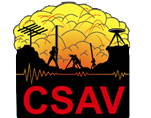

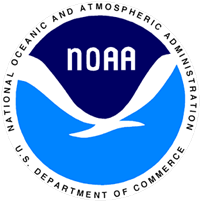

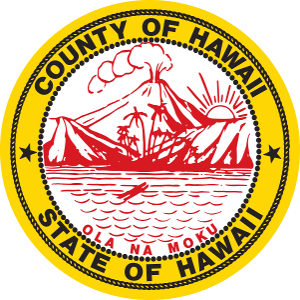


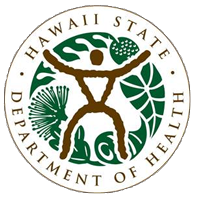
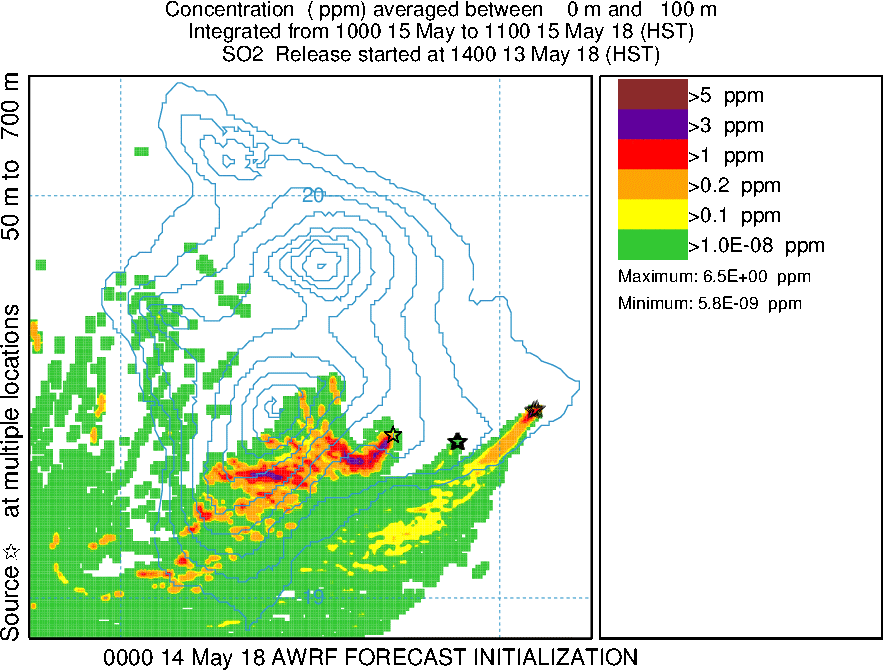

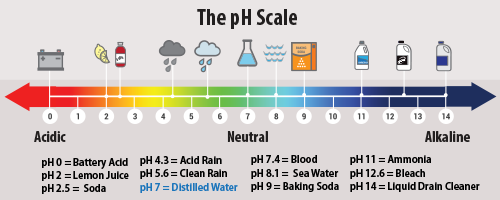

No comments:
Post a Comment